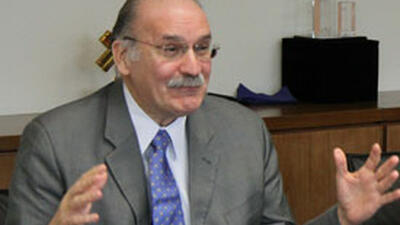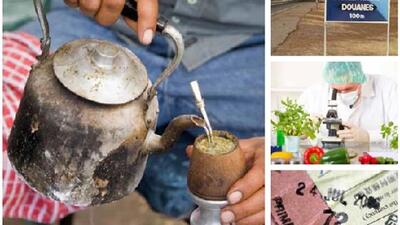
Les sociétés paraguayennes sont les plus touchées par les lourdes mesures non tarifaires en Amérique latine (en)
Paraguayan companies are more affected by burdensome non-tariff measures (NTMs) than those in other Latin American countries where the International Trade Centre (ITC) has carried out NTM surveys, according to a recent study.
The survey revealed that of a total of 406 exporters and importers, 62% reported being affected by burdensome NTMs. The results are featured in the study ‘Paraguay: Perspectivas Empresariales’, now available in Spanish, which identifies NTM-related trade obstacles faced by enterprises in this small, landlocked country.
Paraguayan companies are more affected by NTMs than those in other Latin American countries where the survey has been carried out, such as Uruguay and Peru where 54% and 42% of firms, respectively, reported burdensome NTMs.
The survey revealed that exporters and importers are affected in a similar manner, with 61% and 63% facing NTM-related problems, respectively. Technical measures account for 49% of all burdensome NTMs.
According to the study, NTMs imposed by Argentina and Brazil, two important members of the trading agreement Mercosur, also known as the Common Market of the South, are particularly problematic for Paraguayan exporters. More than 80% of all charges, taxes and other para-tariff measures (17% of all reported NTMs) and of quantity control measures (12%) are imposed by these two countries.
Survey findings show that partner countries in the Mercosur region inhibit the free flow of goods. Overall, 27% of enterprises reported burdensome NTMs and other obstacles to trade when exporting to the Mercosur region. In total, 30% of cases concern problems with NTMs imposed by Brazil, which receives 14% of Paraguayan exports. Argentina is an even more restrictive market, receiving less than 3% of exports and imposing 36% of registered NTMs.
Of burdensome NTMs reported by exporters of agricultural products, 47% are imposed by members of Mercosur. Nearly 80% of all NTMs faced by exporters of manufacturing goods are registered in the region.
While the proportion of NTMs imposed by national authorities is low (18%), inspections and certification are the most problematic measures for exporters in the country, followed by quantity-control measures and charges, taxes and other para-tariff measures. In contrast, more than half of the reported procedural obstacles take place in Paraguay (53%). Exports are particularly affected by delays associated with conformity assessment and the issuance of certificates of origin and export licenses. Unusually high fees and charges as well as inconsistent and arbitrary behaviour on behalf of officials are other common procedural obstacles.
Although the bulk of NTMs are imposed by Paraguay’s trade partners, there are a number of actions the national authorities can push forward to overcome existing obstacles to trade. The report provides recommendations resulting from dialogue between the public and the private sectors during a stakeholder reunion that took place in Asunción, including the need to continue negotiations to encourage partner countries to respect current agreements; to harmonize procedures and requirements; and to achieve greater productive and commercial integration with regional partners.
In addition, greater investment in infrastructure is needed; more information on NTMs should be made available in a user-friendly manner; and technical assistance for small enterprises, trade agents and importers should be provided.
As a result of the study, Paraguayan authorities have committed to establishing focal points through which enterprises will be able to report NTMs and which will closely monitor trade obstacles.
ITC is currently holding consultations with the national authorities and other international organizations to determine the best course of action to tackle barriers identified in the study.





